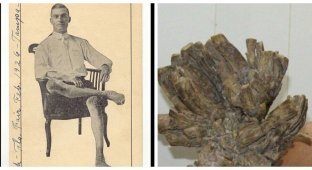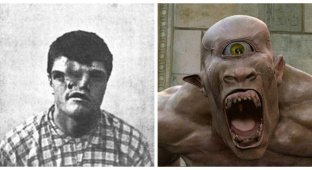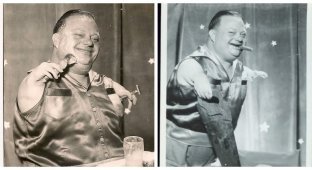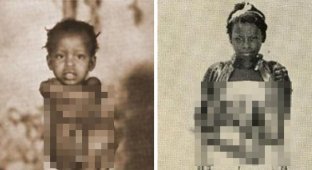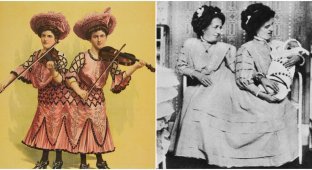Frida Pushnik - half of herself (6 photos)
What is it like to be different from others and at the same time understand that you can never be like everyone else? 
Frida Pushnik knew the answer to this question very well - Frida the half-girl and the arena star of her time. 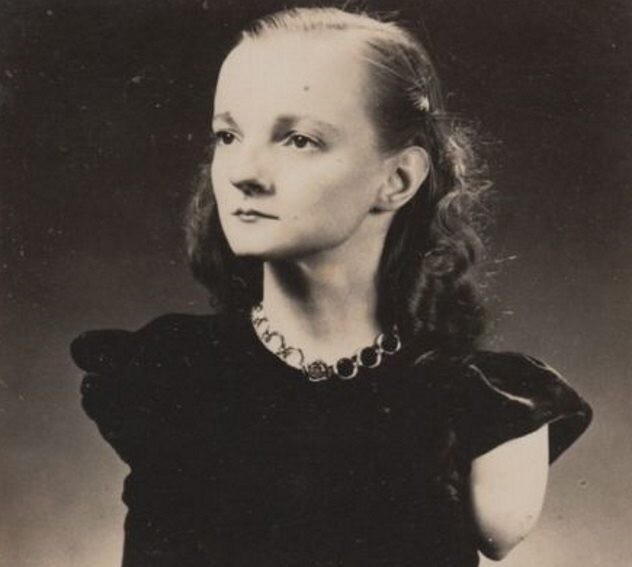
Frida Pushnik was born without limbs on February 10, 1923 in Conemaugh, Pennsylvania. She insisted the condition was caused by a botched appendectomy her mother had undergone during her pregnancy. The veracity of this claim is debatable. But, remarkably, a lawsuit was even filed on this issue. Which demonstrates the creative approach to life of the whole family.
Frida was a shining example of iron willpower. She did not recognize herself as disabled. She took her condition for granted and simply lived like everyone else. Her mother was the driving force - the locomotive of this aspiration. And soon Frida was already eating, sewing, knitting and playing like ordinary children. Interestingly, by holding a pen between her shoulder and chin, Frida not only knew how to write legibly. The girl received several awards for penmanship, while healthy children with two limbs wrote like a chicken with its paw.
Due to physiology, the girl was limited in movement, and her mother carried her to school every day, and her brother or sister picked her up. 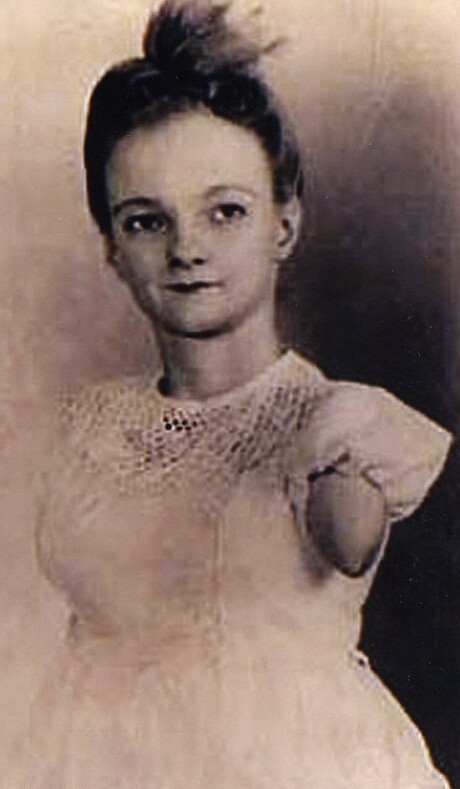
In 1933, Robert L. Ripley from Believe It or Not! learned about Frida and visited her family. He covered her story, calling her “a little half-girl,” and eventually asked her to speak at the Chicago World's Fair.
At the age of nine, Frida, accompanied by her mother and sister, began performing. Her performance was nothing more than a demonstration of sewing, typing and writing skills, but the audience was simply shocked. She repeated the five-minute speech every hour, and it was often a 16-hour day. During 6 years of touring, millions of people saw her.
To earn extra income, she sold her photographs. For an additional fee, I personally signed them. 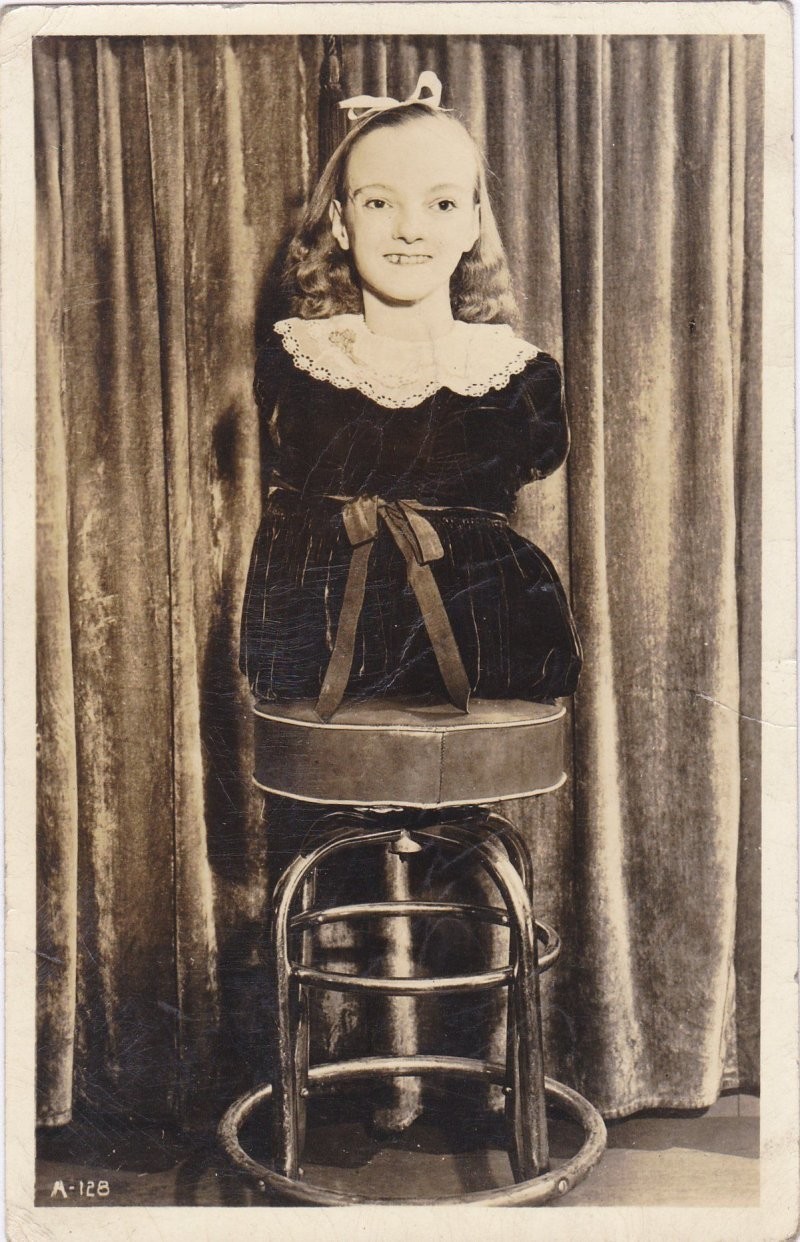
A little later, she, along with her sister and mother, joined the Ringling Bros. and Barnum and Bailey Circus. Her sister performed as a trapeze acrobat and dancer, and her mother worked in a circus office as a secretary. In 1944, there was a terrible fire that claimed the lives of 167 people. Frida, fortunately, was carried to safety directly on a chair by a participant in the minstrel show. 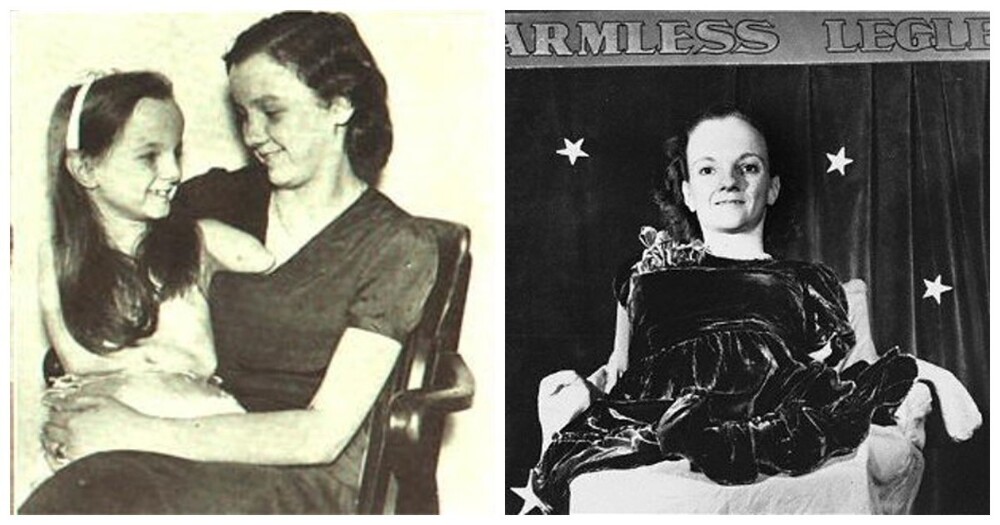
Despite this terrible experience, Frida was not afraid and continued her career until 1955, when new laws actually banned the display of human deformities and deprived women of their livelihood. She retired to Costa Mesa, California, where she lived quietly and peacefully, decorating her home with oil paintings that she painted herself.
On Christmas Eve 2000, Frida Pushnik’s life was cut short. She died at the age of 77 from bladder cancer. The woman has never been married. All relatives had passed away by that time. But despite the fact that she had not appeared in public for decades, the news of her death became the main topic of the news. 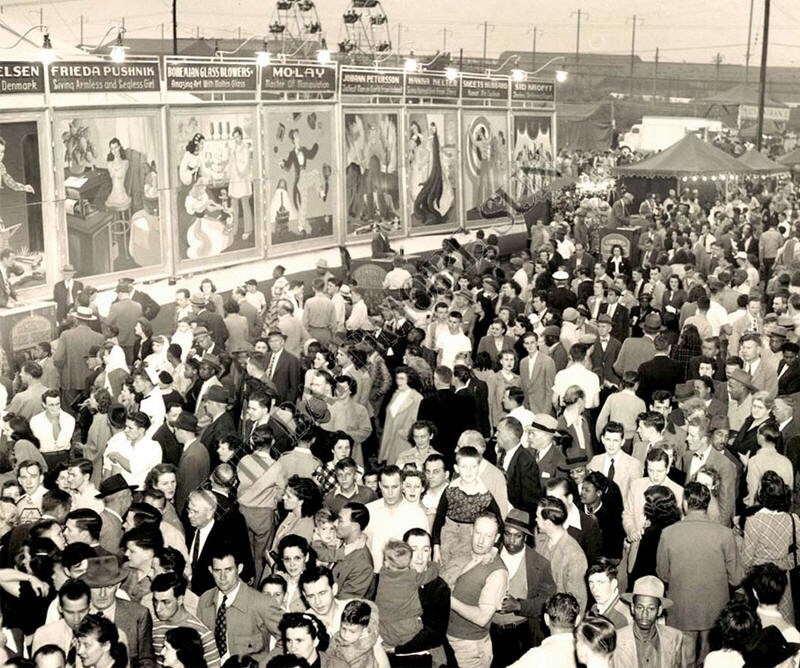
Even after death, “The Little Half-Girl” remained a testament to the strength of the human spirit. This is clearly evidenced by Pushnik’s witty and ironic statement in one of her interviews: “At least they didn’t call me brainless.”












